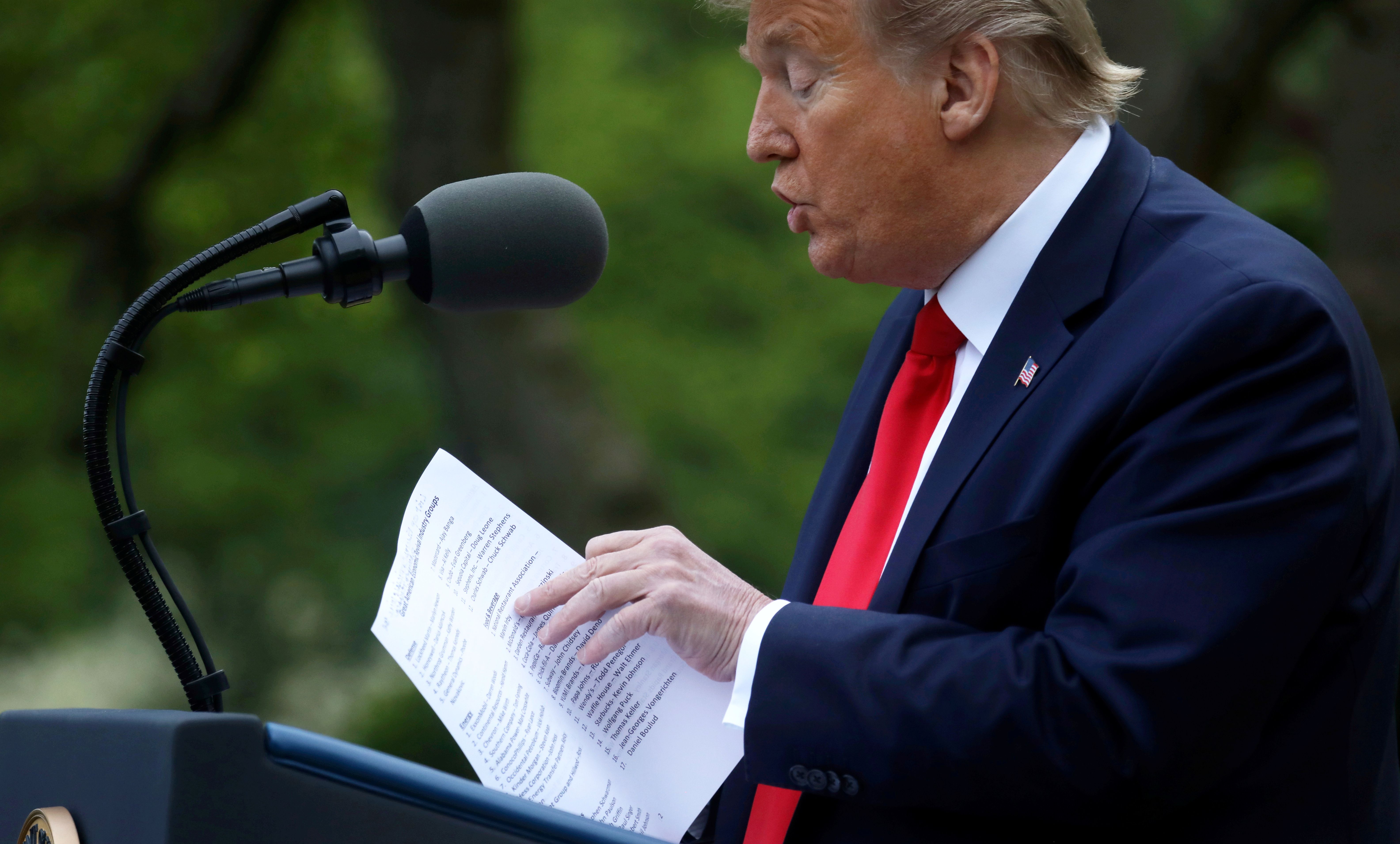U.S. Withdrawal from the Open Skies Treaty

What is the OST?
The treaty establishes a regime allowing for observation flights over the territories of participating states and the collection of data on their military capabilities. The mutual transparency this creates is intended to increase confidence, assist in verifying arms-control agreements, and prevent conflicts. Observation flights are carried out using specially adapted and certified aircraft carrying specific types of sensors (cameras, thermal scanners, radar). The agreement was signed in March 1992 and entered into force in January 2002. It currently includes 34 states—the U.S., Canada, Russia, and a group of European countries, including Poland. To date, more than 1,500 observation flights have been made under the treaty.
What are the reasons for the U.S. withdrawal?
In recent years, the U.S. has raised a number of violations of the treaty by Russia. When announcing the decision, the Americans pointed specifically to the Russians’ refusal to accept observation flights over their territory near the border with Georgia (justified by Russia as a consequence of its recognition of the independence of Abkhazia and South Ossetia), the introduction of restrictions on flight distance over the Kaliningrad region, and the denial of part of an observation flight over the area of its Tsentr military exercise in 2019. The broader U.S. argument is that Russia has reaped significant intelligence benefits from the data collected under the treaty—according to the U.S., the flights have been used to identify critical infrastructure for targeting in the event of a potential conflict—compensating for the weaknesses of Russian observation satellites. The importance of OST for the U.S. is low, especially given the availability of high-quality data from its satellites.
What are the consequences for the treaty regime?
Regardless of the U.S. decision, the treaty will continue to apply to the other States Parties. According to Article XV of the treaty, each party has the right to withdraw by submitting a notice at least six months in advance. The U.S. announced the intention to deliver such a notice on 22 May. A conference of States Parties will be convened to consider the impact of the withdrawal on the functioning of the regime (e.g., observation flight quotas), but this does not stop the exit process. The U.S. has announced that it will be ready to reconsider its decision if Russia “demonstrates a return to full compliance”. Russia will, however, continue to reject the U.S. accusations and will most likely also consider whether it is in its interests to stay in the OST without the possibility to fly over U.S. territory. Russia will still be able to conduct overflights of the territories of the remaining participating states (including NATO and EU members) but also must make its territory available for observation.
What’s the impact on European security?
The OST crisis as such is unlikely to significantly increase the risk of large-scale conflict in Europe. The practical importance of the treaty has diminished over time with technological progress and the broadening of access to other data, including satellite imagery. Its role as a confidence-building measure can be questioned as part of the overall crisis with the arms-control system. Nevertheless, a number of NATO and EU states value the OST as one of the last symbols of cooperative security, and as an instrument for obtaining information about Russia’s military potential and activities or confirming data from other sources. OST-allowed sensors and flight patterns make possible the collection of a different set of data than satellite reconnaissance, which is not equally accessible to the States Parties.
What are the consequences for transatlantic relations?
The U.S. highlighted that it consulted its decision with allies and partners. It cannot be ruled out that other countries will decide to join the U.S. and withdraw. Many share its criticism of Russia’s record of OST implementation, but they have expected the disputes to be resolved within the regime. The U.S. withdrawal seems to fit a pattern of actions that, regardless of the question of the validity of the Americans’ case for withdrawal, result in the dismantlement of an existing arms-control system with no guarantee of a replacement. This may prompt some European states to decide whether to develop an independent approach to arms control with Russia, which may pose a threat to NATO cohesion. Russia will try to exploit such divisions.
The decision made by the Trump administration has been criticized by the majority of the American arms-control community and some politicians from the Democratic Party. If Joe Biden wins this fall’s presidential elections, the U.S. may consider re-joining the OST.


